I’m blessed to be part of an extended family who cares deeply about our shared family history–our heritage. We, like many Americans, trace our roots well beyond American soil and into Europe. Also, like many in America, our ancestors experienced a familial renaming upon landing in the New World. We gained the letter “u” in the process, going from Mast to Maust. My quest in search of my roots has consisted of following the story of Jacob Mast, my fifth great grandfather (eight generations between us), whom I believe was the same Jacob Mast who left Guggisberg, Switzerland, around the year 1737, set sail from Holland on the ship “the Charming Nancy” and landed in Philadelphia before making his way west across Pennsylvania to Mt. Davis where my Mausts currently live. Seems like a pretty wild story except that I’m currently writing this on the balcony of my home in France en route to Africa having just visited Guggisberg yesterday in celebration of my birthday. I guess wanderlust runs in the family.
Guggisberg is an exceedingly small, rural farm village in the canton of Bern in northern German-speaking Switzerland. We arrived yesterday just before noon and had a picnic on the lawn of the Reformed church in the heart of town. The town was quiet and reminded me immediately of a Swiss Mt. Davis. Change the architecture and add snow-covered Alps to the landscape of western Pennsylvania and you will very nearly approximate the feel of Guggisberg. The same smell of manure fills the air–the smell of “money” as farmers like to call it. Cows graze the fields between farms dotted across the rolling hills. I can only imagine the glee of my forefathers to leave one land and come upon one very similar to it thousands of miles away in the New World. Though doing their journey in reverse, I, too, shared their excitement and gladly drank in the idyllic countryside.
After exploring the church and its surroundings and polishing off a sandwich, I was ready to do some exploring. We first headed for the cemetery located just a short walk from the church. We split up in order to see if we could locate tombstones bearing the family name Mast. I immediately saw names that I recognized from western PA: Hostettler, Beyler, Lichty and others. And then at last we spotted a lone Mast gravestone bearing the name Lydia Mast. We knew we were on to something, but this cemetery wasn’t going to be of too much more use seeing as all the gravestones had been laid within the last thirty years. We needed another, older, more Masty cemetery.
We turned our attention to three older ladies talking near the steps and tried our best to carry on a conversation with our limited German and budding French. They said that this was the only cemetery in Guggisberg and that we wouldn’t find any Grabstein “grave stone” from the 18th century. Feeling a little disappointed I then pulled out the big guns and asked if there was perchance a town historian with whom I might speak. The ladies said the inn in town would be able to put me in touch with the historian, Lydia. Imagine that, a town historian!
At the hotel I whipped out my sheet a paper on which I had my German friend explain in German the reason for my visit to Guggisberg. “I believe my forefathers came from this town…” etc. The woman immediately figured out what was going on and called up the town historian. Thirty minutes later my father-in-law, Nigel, and I were sat around the table with Lydia the historian having cups of coffee chatting about the origins of the Mast family. She spoke decent French, but no English and constantly kept switching between French and German. Thankfully, we were able to communicate what we needed and managed to have a meaningful conversation considering the hurdles. I showed her my sheet of paper and she happily claimed the family name “Mast” as one of Guggisberg’s own. She went on to add that the Masts were late in leaving Guggisberg and didn’t do so until between 1730-1760, which fits with my Jacob catching the Charming Nancy in 1737.
Still curious about cemeteries, I asked where we could find Mast gravestones. You can’t, she replied rather sadly. For years people had been buried right around the church, but the church grounds became so cluttered that they decided to turn the church grounds into a lawn and move the cemetery down the street. Even today, every 25 years they wipe that cemetery clean and start over. No chance of finding any ancient Mast gravestones! She was able to show me a picture of a Hans Mast (a farmer–with a pipe!) with a young lady named Elizabeth (his wife?) in her history of Guggisberg book. Is that what my ancestors looked like?
Well, if we can’t find any dead Masts, what about living Masts? She said only two Mast brothers remained in the area, Hans Peter and Werner. I got directions to Werner’s farm and we headed down the road to see what we could find. After ten minutes of following windy mountain roads and driving through a toad crossing area (that’s what the sign said!), we came to the lane at the end of which we were told we could find a Mast in the flesh. We stopped halfway down the lane and Nigel jumped out to ask some folks working outside if they knew where Werner Mast lived. Yep, his farm is down on the end.
Sure enough, we rounded the bend to find a small farm with a John Deere tractor parked out front and a man working in a vegetable garden. “Herr Mast?” (Mr. Mast?) I shouted out the car window. “Ja?” (Yes?) he replied with a warm smile. He, his father-in-law who spoke good French and I conversed for the next twenty minutes about Guggisberg, my origins and the Mast family. I really think they thought I was out of my mind. I showed Mr. Mast my line of descent from Jacob and he laughed. That was such a long time ago! he said. In quizzing him on the family I asked if he knew whether his ancestors were Anabaptist. He in fact knew that they had been Amish! At least he got that key point.
I ended up talking so much yesterday that I’m hoarse today. I can’t really say that I learned anything new about the Mast family by visiting Guggisberg as much as I was struck by the uncanny likeness of the land the Masts left and the land the Masts settled. It is truly quite remarkable. While the Mast name has almost completely disappeared from Switzerland, it certainly lives on in western PA and on Mt. Davis in particular and happily in my own family as well with my son Henry Andrew Maust.
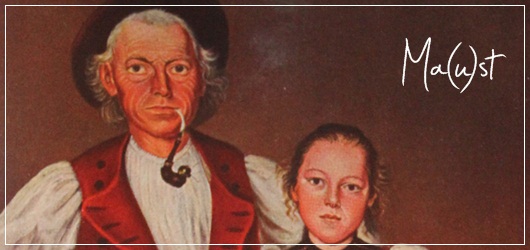
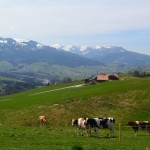
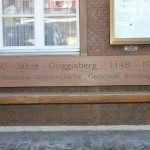
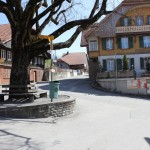
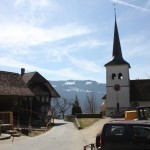
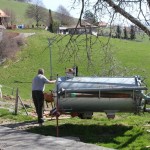

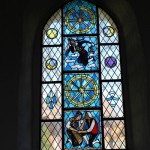
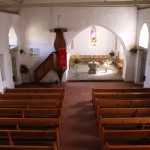

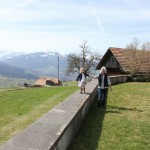
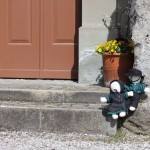
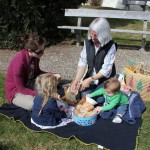
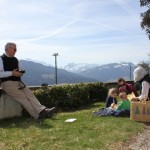
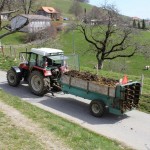

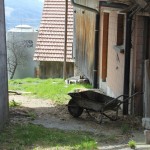
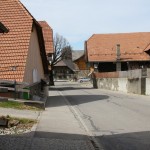
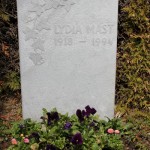
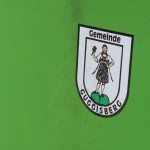

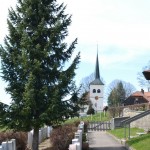
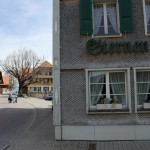
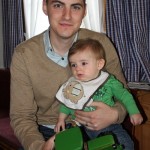
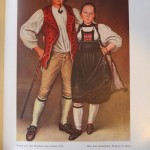
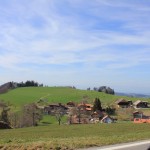
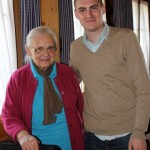

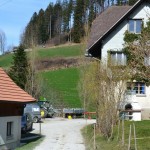
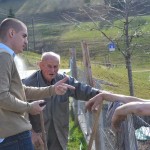
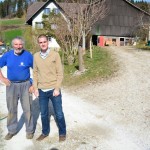
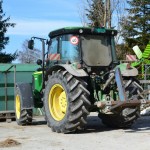
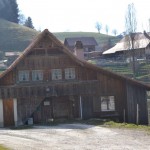

CommentsOnToast